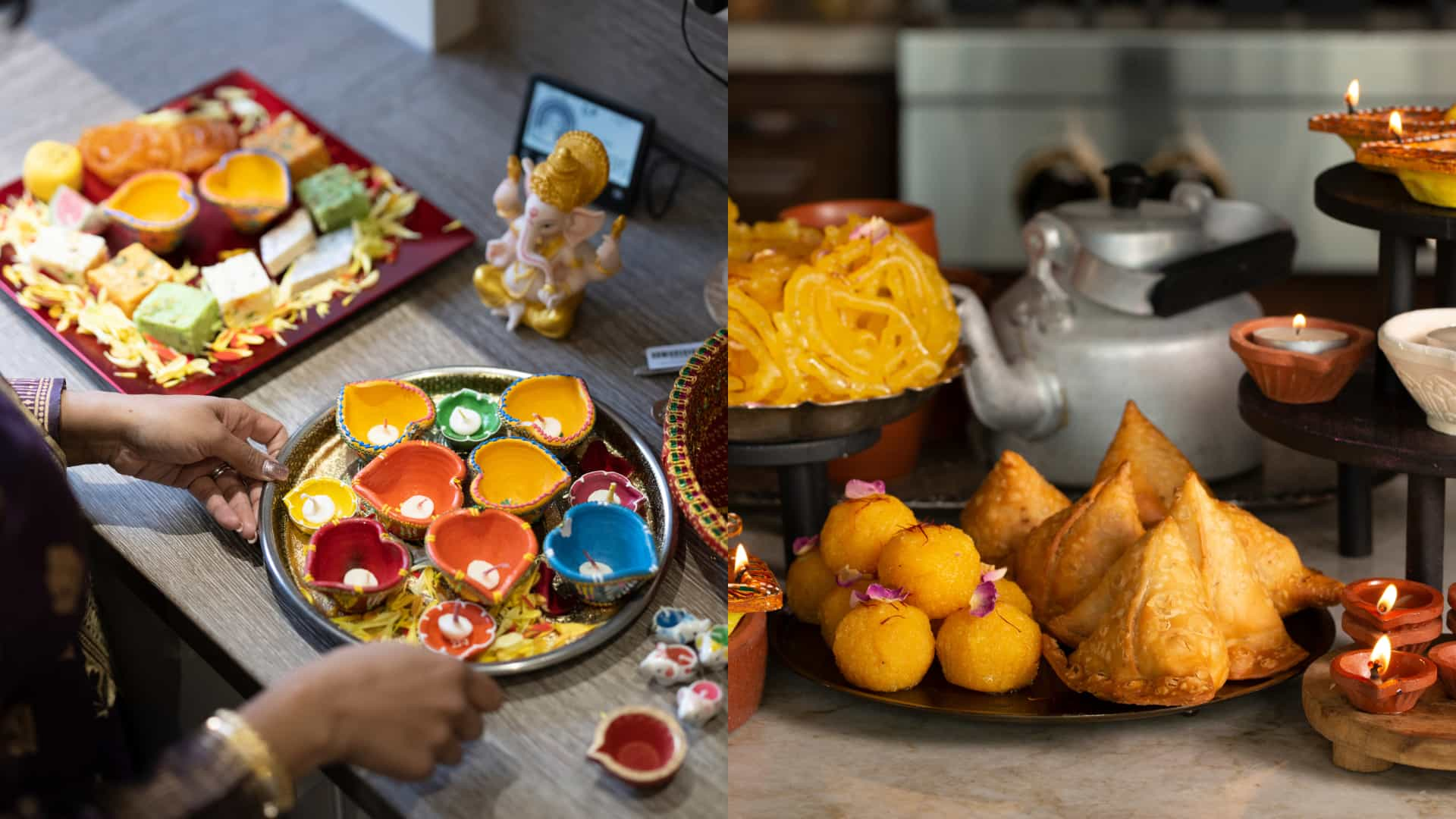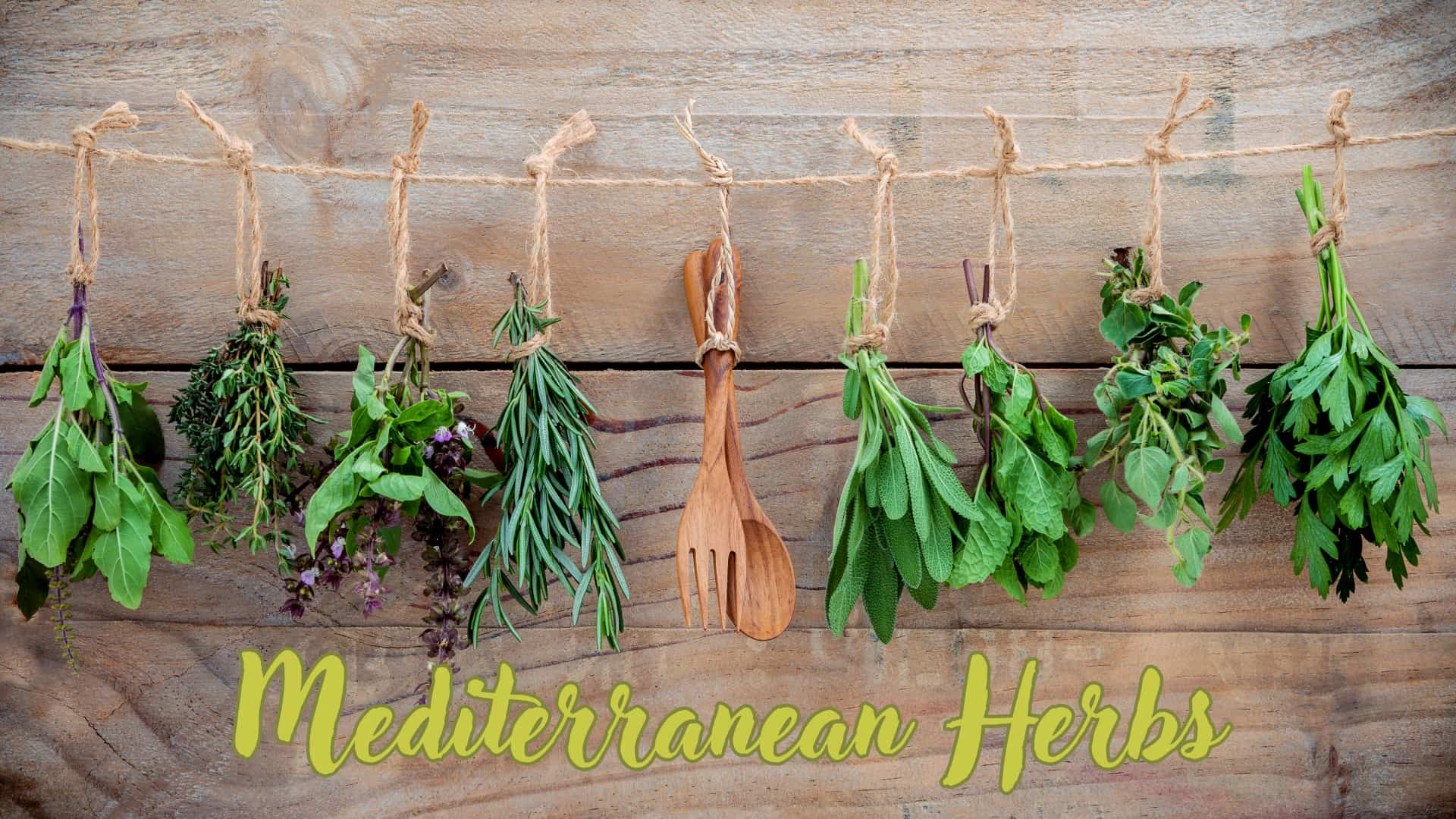
Living Up
Lessons to level up your life
Cooking with herbs and spices are the tools chefs use to create a symphony of flavors that dance on our taste buds and create true culinary masterpieces!
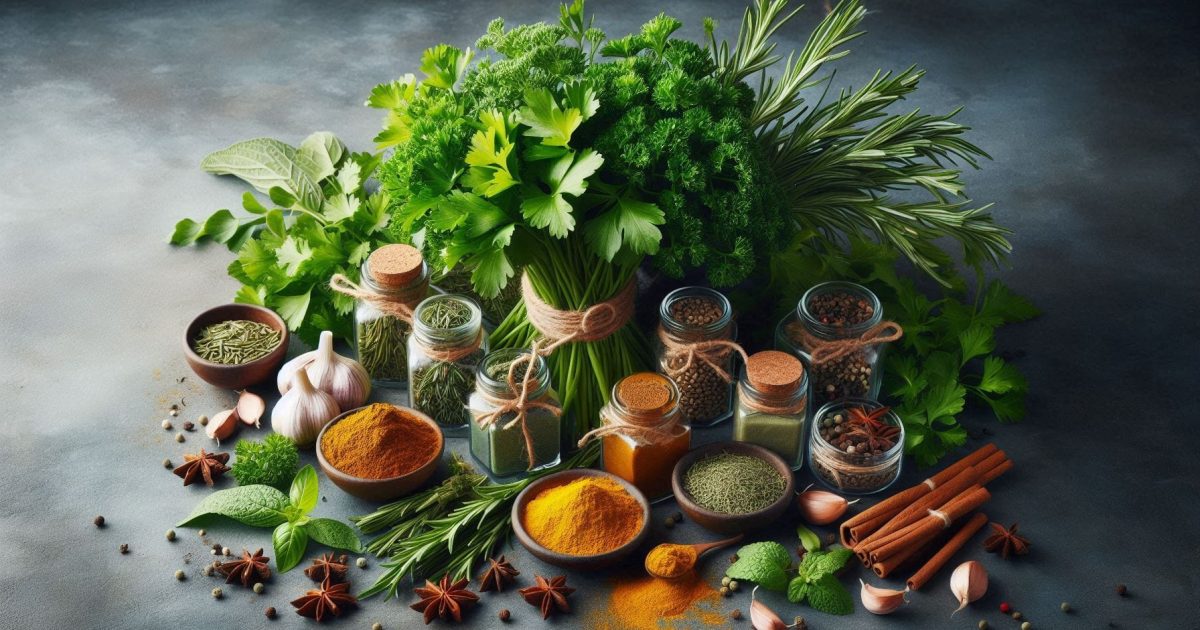
When cooking, herbs and spices are like the painters’ palette for chefs. They allow us to create a symphony of flavors that dance on our taste buds – from the zesty freshness of basil to the warm richness of cinnamon, herbs and spices are the tools for chefs to create true culinary masterpieces!
Ah, herbs and spices – those magical ingredients that can transform a bland dish into a culinary masterpiece! But what exactly are they?
Well, herbs are the leafy parts of plants used for flavoring, while spices are derived from other parts like seeds, bark, or roots. These flavor powerhouses not only add taste but also bring depth, aroma, and color to our food.
In the world of culinary arts, herbs and spices elevate dishes from ordinary to extraordinary, turning a simple meal into a sensory experience. Imagine Italian pasta without basil or Indian curry without turmeric – it just wouldn’t be the same!
The history of herbs and spices in global cuisine is as rich and diverse as their flavors. Dating back centuries, these precious ingredients have been traded along ancient spice routes, shaping cultures and cuisines around the world.
From the aromatic cardamom fields of India to the pungent garlic markets of Egypt, herbs and spices carry a tale of discovery, conquest, and cultural exchange.
Think about it – how did pepper become known as “black gold” in medieval Europe? “Native to the Malabar Coast of India (present day Kerala), black pepper, or Piper nigrum, is a flowering vine that is cultivated for its fruit, the peppercorn.” (Mukherjee, 2021)
Or why was saffron worth its weight in gold during the Renaissance? It almost is still today, many agree it’s the most expensive spice, but also well worth it. The historical significance of herbs and spices goes beyond mere seasonings. Spices have probably more history than any one culture, it symbolizes human ingenuity, exploration, and trade.
Herbs and spices have been valued not only for their taste but also for their medicinal properties, religious significance, and even currency value. So next time you sprinkle some oregano on your pizza or add a pinch of cumin to your chili, remember that you’re carrying on a tradition that spans continents and centuries!
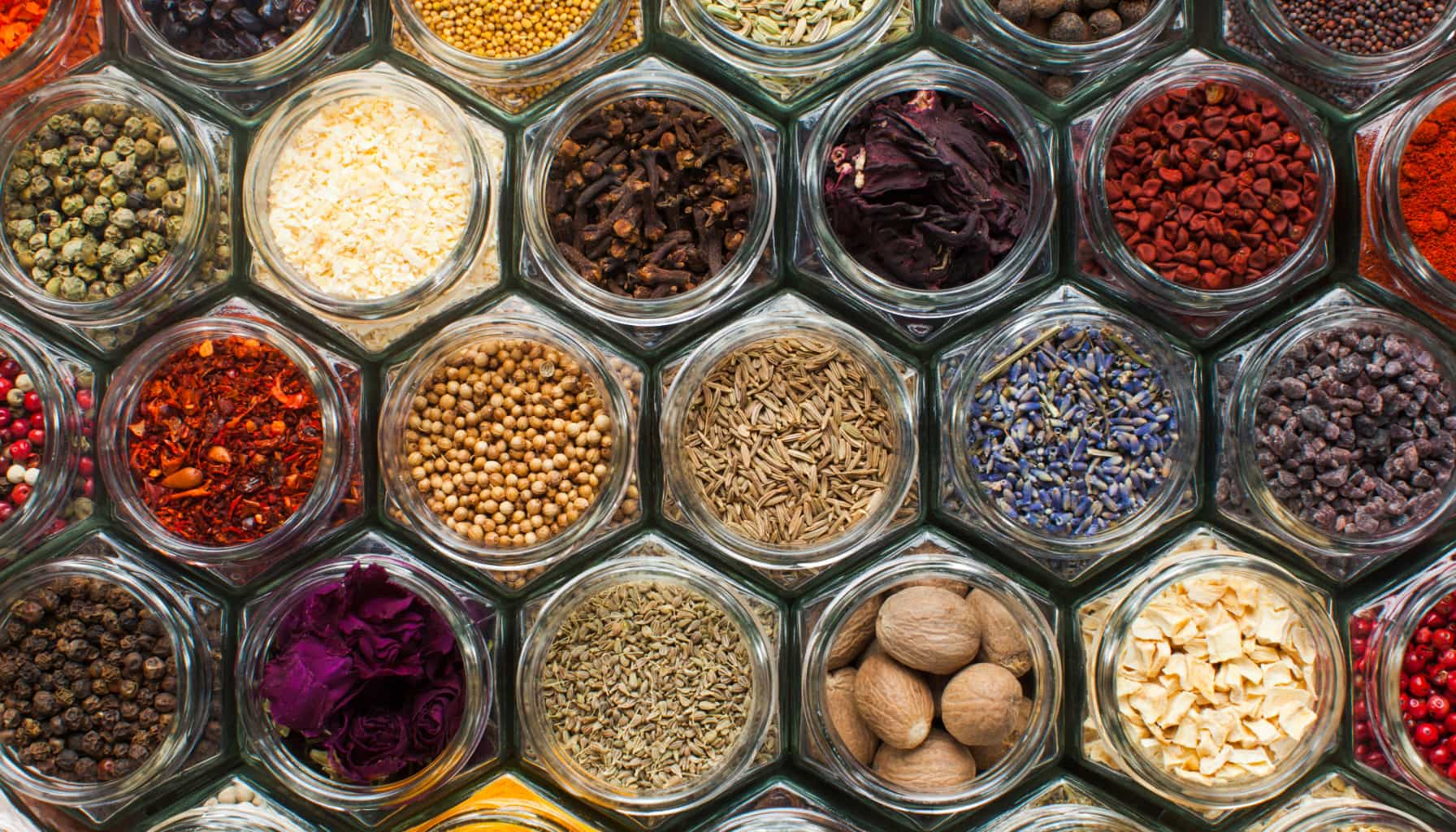
A lot of spices originated in Asia and were spread across the world initially by the Silk Road trading. Eventually by conquering armies and colonization. Today, we just have to have that dash of turmeric or nutmeg in our oatmeal.
Asian cuisine is complex in that so many different styles are native to the continent. The Chinese have their trinities to start many dishes, and other cultures have created their spice mixes that are more popular than each individual spice and herb. Individual ingredients that are key in many cuisines from Asia are turmeric and lemongrass. Turmeric, also known as the “Golden Spice of India,” is not only used for its vibrant color but also for its earthy flavor and potential health benefits. This versatile spice is a staple in Indian dishes, curries, and even beverages like the famous turmeric latte.
On the other hand, lemongrass adds a refreshing citrusy note to Southeast Asian cooking. Its unique aroma and flavor enhance soups, stir-fries, and marinades, giving dishes a distinct tropical touch.
Common Asian Herbs and Spices include:
Coriander
Cumin
Curry leaves
Dill
Five-Spice Powder
Ginger
Coriander
Cumin
Curry leaves
Dill
Five-Spice Powder
Ginger
In European culinary traditions, basil and paprika hold special places in kitchens across the continent. Basil, often referred to as the “king of herbs,” is a beloved Mediterranean herb with a sweet yet peppery taste that brightens up pasta dishes, salads, and pesto sauces. Its fresh aroma can transport you to sun-soaked Italian gardens with just one whiff. Well, maybe not Italian gardens, but surely your nearest favorite restaurant, even though there are several varieties, basil is easy to recognize, and you find it in Margherita pizza, drunken noodles, pesto sauce, and Greek salad.
Meanwhile, paprika brings warmth and depth to Hungarian cuisine with its rich color and flavor profiles ranging from mild to hot. This versatile spice is used in stews, rubs for meats like goulash, or even sprinkled on deviled eggs for an extra kick. I personally love it for its color on baked chicken and turkey, not only adds flavor, it really adds a beautiful color to the end product.
Common European Herbs and Spices include:
Basil
Bay leaves
Cardamom
Nutmeg
Oregano
Parsley
Exploring African flavors unveils a world of bold spices like harissa from Tunisia and berbere from Ethiopia. Harissa is a fiery pepper paste that adds heat and depth to North African dishes such as couscous or grilled meats. If you buy harissa, don’t stop there, it goes really well with eggs for breakfast and a number of other dishes.
The blend of roasted red peppers, garlic, and spices like cumin and coriander create a complex flavor profile that leaves your taste buds tingling with delight. On the other hand, berbere embodies Ethiopian cuisine’s essence with its aromatic mix of spices like chili peppers, fenugreek seeds, and cardamom offering layers of flavors ranging from smoky to citrusy.
African cuisine has also been influenced by historical events, some dishes are a combination of native, Arab, and the modern world. For example, there are African dishes that use maize, which was brought in the 19th century. And they surely know how to use their peppers, some popular dishes with Scotch Bonnet are Yassa Chicken or Poulet Yassa, Curry Goat, Spicy Nigerian Jollof Rice (Where Is My Spoon > Recipes > By Cuisines > Africa, by Adina), and African Peanut Stew (nigella.com )
Peppercorns
Ras el hanout
Rosemary
Sesame seeds
Tamarind
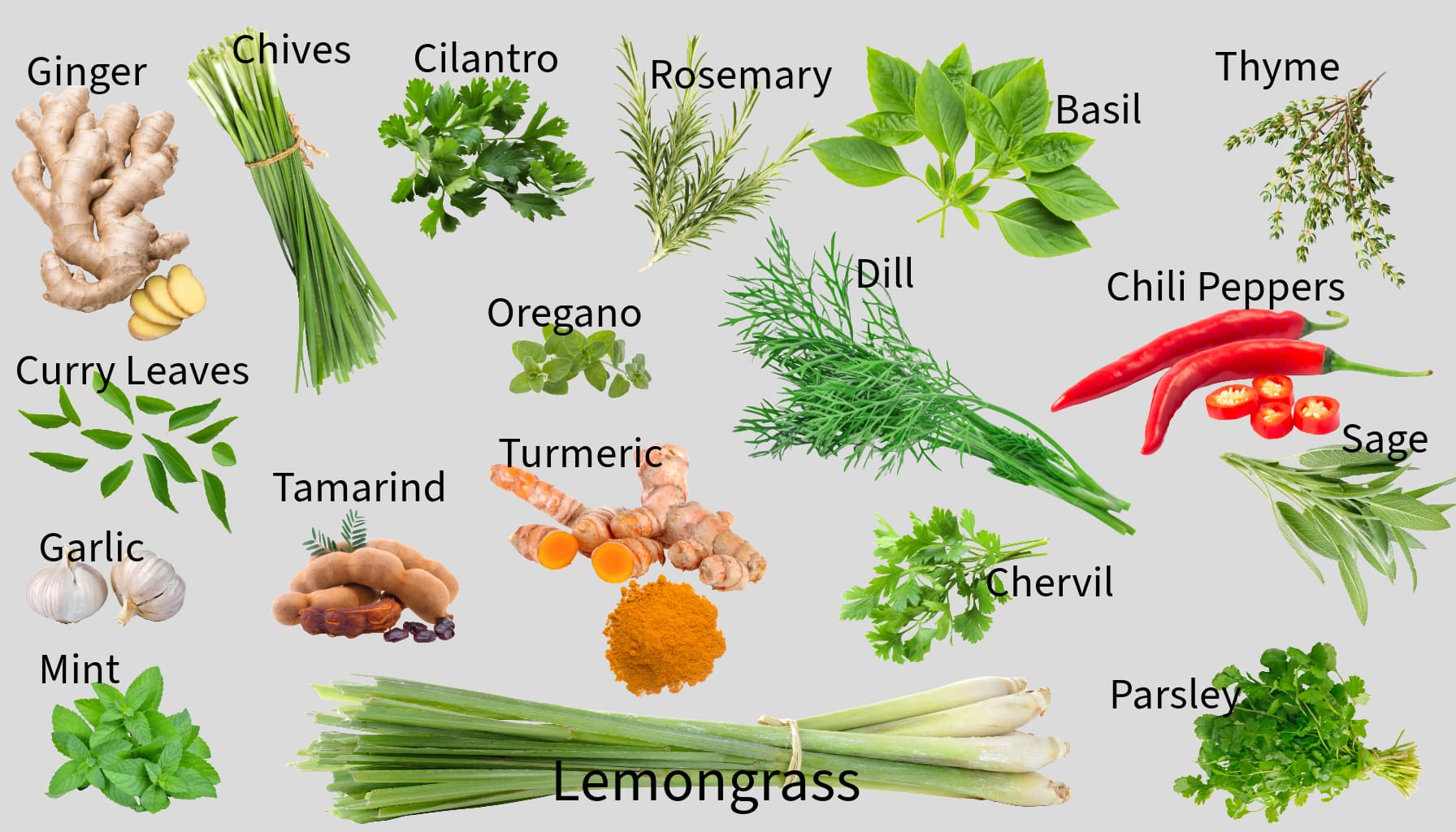
The culinary landscape of the Americas boasts an array of herbs and spices that reflect the diverse cultural influences on these regions.
Cilantro stands out as an essential herb in Latin American cooking, adding freshness to dishes like salsa verde or guacamole while balancing
out rich flavors in meat marinades. Chipotle, a smoky Mexican pepper, is renowned for its distinctive taste profile achieved through smoking ripe jalapeño peppers.
This flavorful addition enhances salsas, chilis, and marinades lending a deep, mellow heat that lingers long after each bite.
Allspice
Basil
Black pepper
Cardamom
Chiles
Chives
Cilantro
Mustard
Rosemary
Sage
Tarragon
Thyme
Vanilla beans
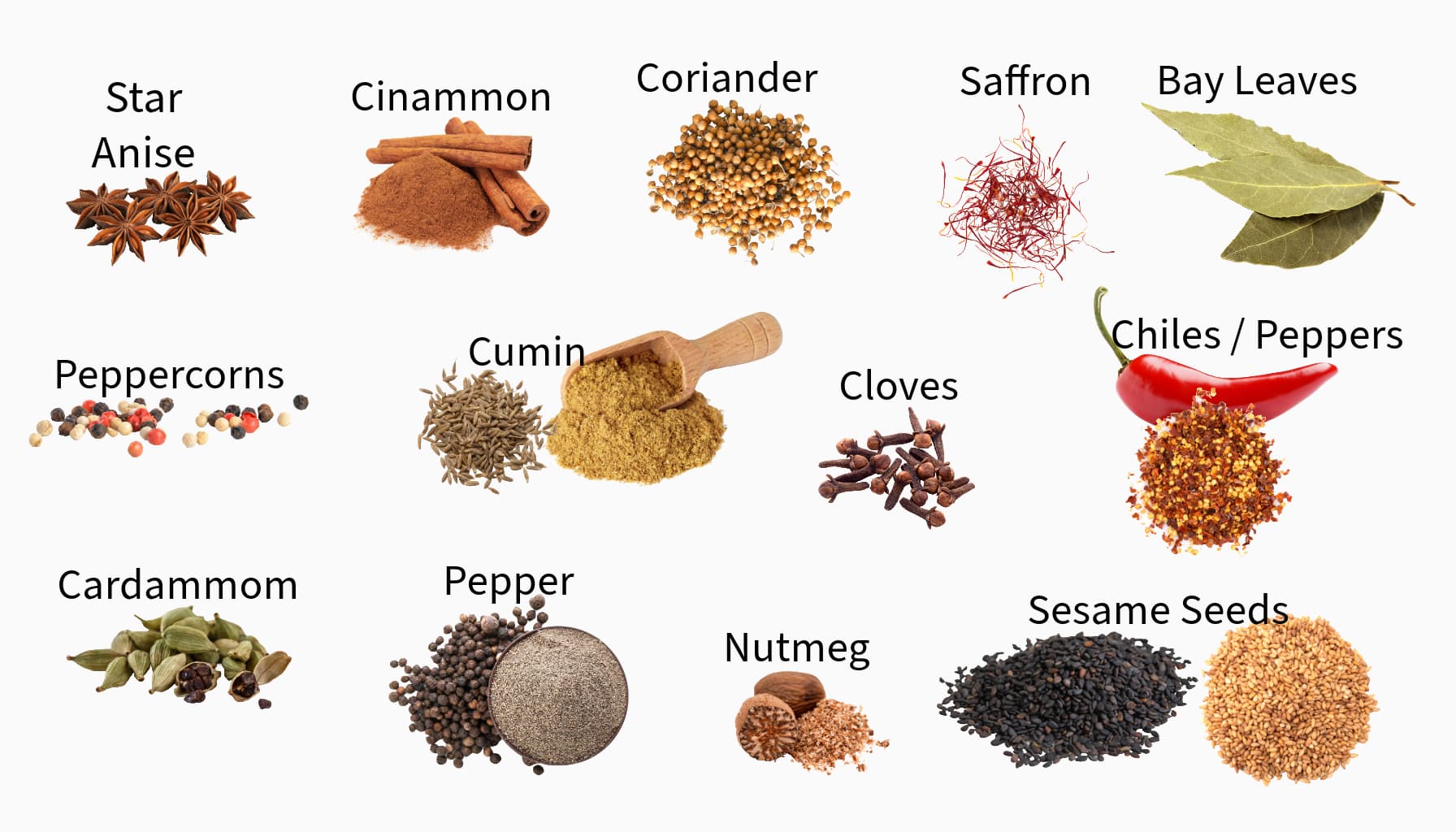
.
Ounce for ounce, herbs and spices have more antioxidants than any other food group.
– Michael Greger
Sources:
Michael Greger quote thanks to Creatosaurus | Quotes.
Mukherjee, K. (15 Oct 2021). How Pepper Went From “Black Gold” to Everyday Seasoning. Written for Food 52 blog.
Pal, A. (18 Sep 2024). Galangal: Uses, Benefits, Side Effects and More! Pharmeasy, Blog, Ayurveda.



